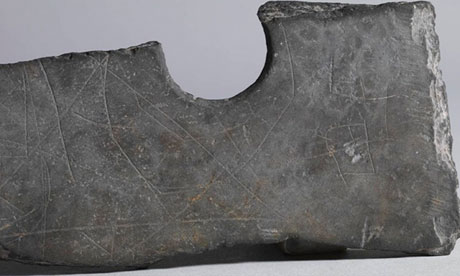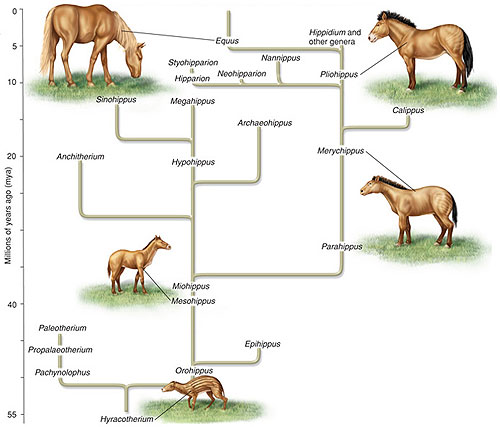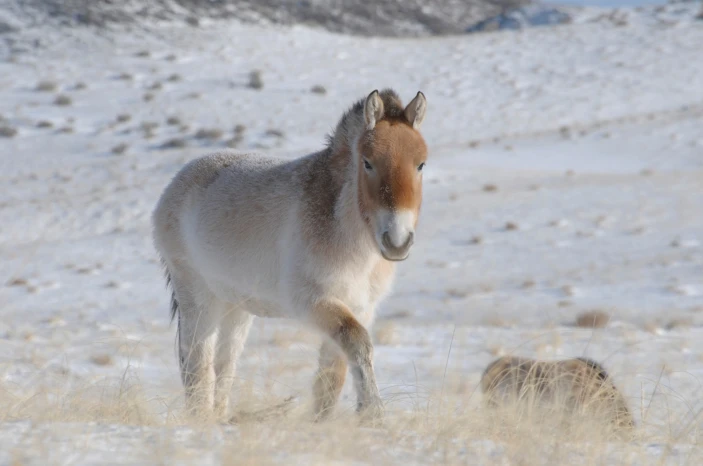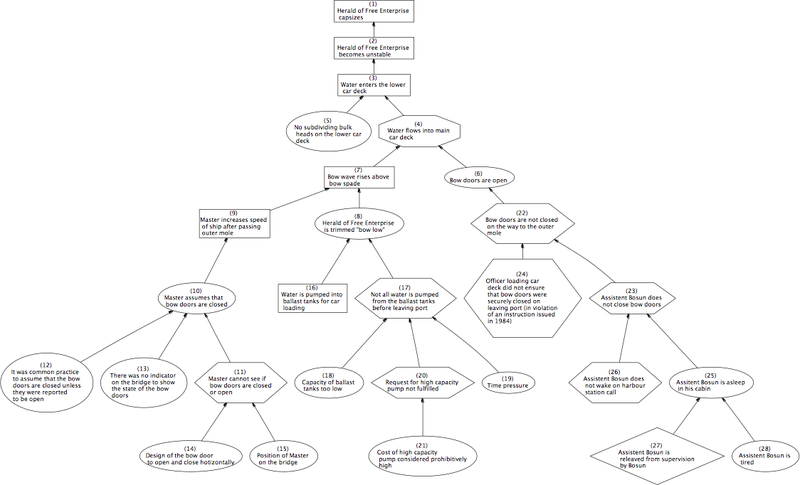Evolution is the weapon of choice for bacteria fighting the war on antibiotics.
Except, of course that there is no choice involved and bacteria are not even aware they are fighting a war. All that's happening is that an environment with antibiotics in it has given those few bacteria which have a genetic resistance to antibiotics such a massive advantage that they are quickly replacing the non-resistant form in the population. Bacterial genes are simply doing what they have done since the first self-replicating molecules arose on Earth - they are replicating themselves. The natural environment is sorting out the fittest and allowing them through the natural selection sieve into the next generation.
The above article in yesterday's Nature superbly illustrated evolution in progress. We have created the classical Darwinian model for evolution to be inevitable:
- Replication.
- Variability.
- Selection.
[A]ntibiotic resistance should be added to the UK government’s list of threats to national security, alongside pandemic influenza and terrorism.
Previously, before we started to use antibiotics, any chance variation in the relevant genes might have had no meaning whatsoever, and may even have disadvantaged the carrier. The environmental change we created has changed the meaning of the information carried by the genome. The amount of information hasn't changed, only it's meaning.As Maryn McKenna points out, we are now reaching the point where bacteria are evolving resistance to one of the last drugs on the shelf. Unless we can invent antibiotics more quickly we will eventually lose this arms race and a purely natural undirected and aimless process, will have beaten everything that human science can muster against it. Such is the power and inevitability of evolution by natural selection. So far, we have not managed to exterminate a single known bacterial species. Even tuberculosis, once having looked to be on it's way out, is making a comeback having overcome our antibiotics of choice.
Of course, we have exterminated smallpox and the cattle disease rinderpest in the wild and have come close to exterminating poliomyelitis, but these are viruses not bacteria and are not touched by antibiotics. The only non-viral organism we have had any real impact on has been the Plasmodium species which cause malaria and they are now showing signs of a similar resistance to antimalarial drugs as are the mosquito vectors which transmit them to us to insecticides.
We have a very serious problem, and we need to sound an alarm.
Many protozoans such as bacteria have a very short generation time - as low as 10-20 minutes in favourable conditions - so they represent a speeded up version of evolution - humans are several orders of magnitude slower at about 25 years. Bacteria also have a much smaller genome so they show us much more clearly what can be produced in a few generations by environmental change and under intense selection pressure such as a new antibiotic. A multicellular organism, with its much slower generation time would be expected to evolve much more slowly but, with a larger genome, they are likely to be evolving with several gene-lines in parallel.Thomas Frieden, director of the US Centers for Disease Control and Prevention (CDC) in Atlanta, Georgia, USA.
| Bacteria sharing genetic information |
So here we have a wonderful example of evolution in progress and an illustration of how an arms race can be won not by planning and intelligent design but by a mindless, undirected, yet inexorable and inevitable process of evolution driven by natural selection which looks for all the world to an uninformed observer like an intelligent one.
Now, those few Creationists who didn't stop reading when I opened with the word 'evolution' and who have made it to this point without becoming too afraid to continue reading may still be telling themselves that an invisible magical friend who loves them above all else is directing things, the way the Discovery Institute likes to tell them, have to answer a couple of question:
- Why would a benevolent intelligent designer be ensuring our defense against killer bacteria is abolished by making them resistant to it, unless it is on their side and wants to make us sick and die?
- Why has it made it look like a natural process, which can be fully explained without the need for magic or gods, or a designer of any description?
If you can't, you might like to explain why you still like to believe an imaginary friend is directing things for your benefit.
'via Blog this'



















